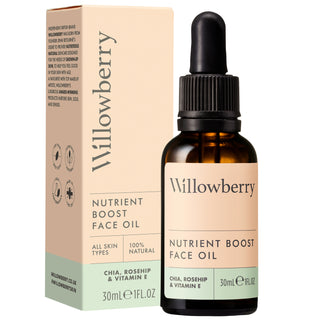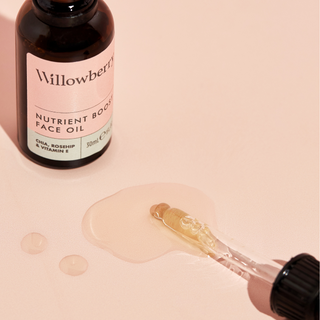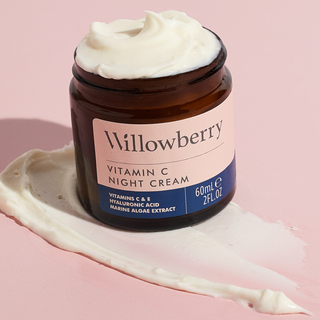There was a uniform that once seemed to be issued once you passed 60: shampoo and set, a blue or purple rinse, practical dresses or twinsets and sensible shoes. Crimplene dresses and Winceyette nighties. It was a look that signalled you had reached your dotage and that whatever your life had looked like before, you were now in cosy granny territory.
This, by the way, is not a criticism of that way of dressing. Surely, for many of us, the descriptions above conjure up beloved grandparents and wonderfully happy memories. And we absolutely stand by every woman’s right to dress exactly how she wishes.
The thing is, before, it might have felt like there wasn’t much of a choice. Unless you were particularly bold and fearless and unafraid to stand out, you may have conformed to the fashion choices expected of ‘women of a certain age’. Happily, a quiet revolution seems to be underway: it’s becoming equally acceptable to sashay through mid-life and beyond wearing a day dress or leather trousers. Or both. It’s all about having the choice.
1960s Liberation, We Salute You
It was inevitable really; the baby boomers were never going to go quietly into that dark night. The generation that came of age in the 1960s had more freedom of opportunity than their forebears: grants meant that, for many, university was suddenly a possibility; the pill represented liberation from childbearing; and working women enjoyed a new affluence and independence.
In the 1960s American Vogue editor Diana Vreeland coined the term ‘Youthquake’ to describe the (mainly British) teenagers who were disrupting the cultural landscape with music, fashion and art. Those teenagers are now all grown up (and still able to teach Gen X and millennials a thing or two about disrupting). They have enjoyed lives of economic freedom, good health, travel and culture and are perfectly capable of dressing to suit themselves.
What age even qualifies as old anymore? 50 became the new 40, then 60 the new 50 and now? A new era has dawned in which a 90-year-old can rock a blazer and trainers as well as anyone.
(In)appropriate dressing
Dressing as we get older has been subject to a set of unwritten rules based around what is deemed ‘appropriate’. We are told these rules are in our best interests to save us from the heinous crime of looking like mutton dressed as lamb. No short skirts, keep your upper arms hidden, leave new trends to the youngsters. We are taught to hide our bodies away as if they are repellent. Now, with the conversation around menopause opening up, a light is being shone on the fact that the post-menopausal body does change shape and rather than being something to be ashamed of, this is part of life’s rich pattern.
It’s not about wanting to look younger either, it’s about staying relevant. Why should we become invisible? We want to celebrate dressing to our tastes and strengths. We want to look good.
Skincare grows up
This desire to look our best extends to our skincare too. We are now taking better care of our skin than ever thanks to increased knowledge and buying power. A recent CEW beauty industry report shows that appearance becomes more, not less, important to women as we get older. Crucially, in line with our own Willowberry ethos, looking our best is not about looking 20 again. We design our skincare for the needs of grown-up skin, going against the accepted industry narrative that beauty equals youth.
In her academic study of clothing and age ‘Fashion and Age: Dress, the Body and Later Life’ (Bloomsbury), Julia Twigg explores how society links femininity with youthfulness and that as a result "ageing is experienced by many women as a form of cultural exile from femininity itself". While traditionally, women covered up with darker, looser, longer clothes as they got older, Julia believes that dress, "has a significant part to play in the process of being visible, of occupying social and cultural space in a confident manner. This is particularly significant in the context of age where older women can find themselves becoming invisible culturally, no longer seen or noticed".
There is good news in Julia’s belief that "we are in the same position now with regard to age as we were forty years ago in relation to gender". Things are changing.
What To Wear Now
So what are older women wearing now? Whatever they like. Structured tailoring, white trainers, bold colours and, as the recent furore caused by First Lady Dr. Jill Biden stepping off Air Force One showed, patterned tights and leather-trimmed skirts.
(Check out our recent post on stylish mid-life women for further inspiration.)
Instagram and social media are playing a big part in this shift by allowing mature women to set their own agenda. Before, fashion magazines set the tone and were devoid of older women for the most part (Judi Dench on the cover of Vogue being a recent notable exception). With social media, women can create their own images and document the way they want to look, away from the constraints of old rules telling them what is appropriate.
Fashion is fun, joy, self-expression and it is power. Let’s embrace it.
Willowberry is nutritious natural skincare for grown-ups, for your best skin.
A favourite with top make-up artists, Willowberry's luxurious award-winning products protect skin’s natural barrier function, to nourish and revive grown-up skin without telling women to be 'anti-ageing'.
As seen in Vogue, Independent, The Telegraph, This Morning and more.









